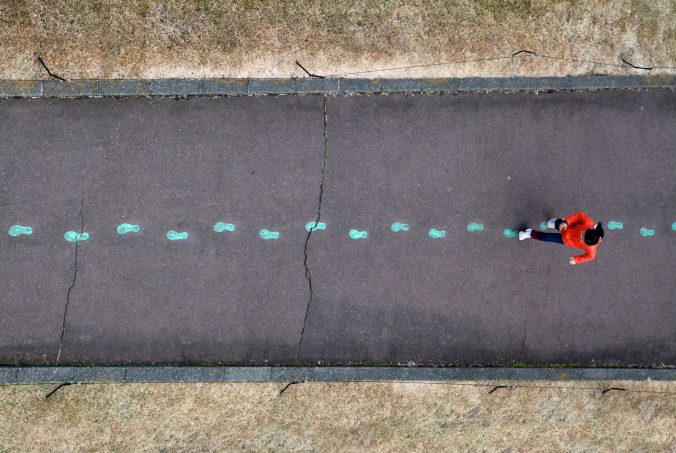This Weeks Focus:
For this week I wanted to focus on all of the areas that I have covered so far because I felt that if I focus on hamstrings in week one and then never cover it again I would lose that mobility. So I compiled a 20-25 minute routine that goes over all the areas I have worked on for the past few weeks.
What I did:
Lower Body
- 90/90 Hip Stretch: Sit with both knees bent at 90 degrees (one in front and one to the side) keep your back straight and lean forward slightly
- Butterfly stretch: Sit with feet together and gently press your knees to the floor or flutter your knees. Hold for 30 seconds
- Seated Forward Fold: Sit with your legs out straight gently lean forward with your back straight and reach for your toes.
- Low Lunge: Step one foot forwarding a lunge, put your back knee on the ground. Hold for 30 seconds.
Spine
- Cat Cow: On all fours arch your back looking up, round your back and look down tucking your chin
- Seated Spinal Twist: Sit with your back straight ben your left knee, place your foot outside of your right thigh and gently twist toward your left side. Hold for 30 second, then switch sides.
Upper Body
- Shoulder Stretch: Bring one arm across your chest and gently pull it closer with your other arm. Hold for 30 seconds, repeat on the other side
- Side Neck Stretch: Put your left ear towards your left shoulder, can use your arm to pull your head closer to you shoulder for a deeper stretch. Hold for 30 seconds, repeat on the other side.
- Neck rotations: Looking forward rotate your head going clockwise about ten times, repeat going anti-clockwise for about ten times.
- Wrist Stretches (Flexor & Extensor): extend one arm out with your palm up and gently pull your fingers back, then flip your palm down and gently pull your fingers back towards you. Hold for about 20 seconds, repeat on other side.
Reflection:
I really liked doing this full body stretching routine it made me feel less tense overall. I definitely noticed that while doing some of the stretches from previous weeks that I could go father and they were easier to do which was cool to see. I noticed that my forward fold I was able to lean farther forward which made me realize how just in these 5 weeks I have gotten more flexible than the first week
Next Weeks Plan
I thought that we only had to do six blog posts so I had this set to be my last week of stretching but found out it is actually eight posts. Since I have stretched basically everything I am going to be doing another full body stretching routine with different stretches that still target the areas that I have covered previously.
